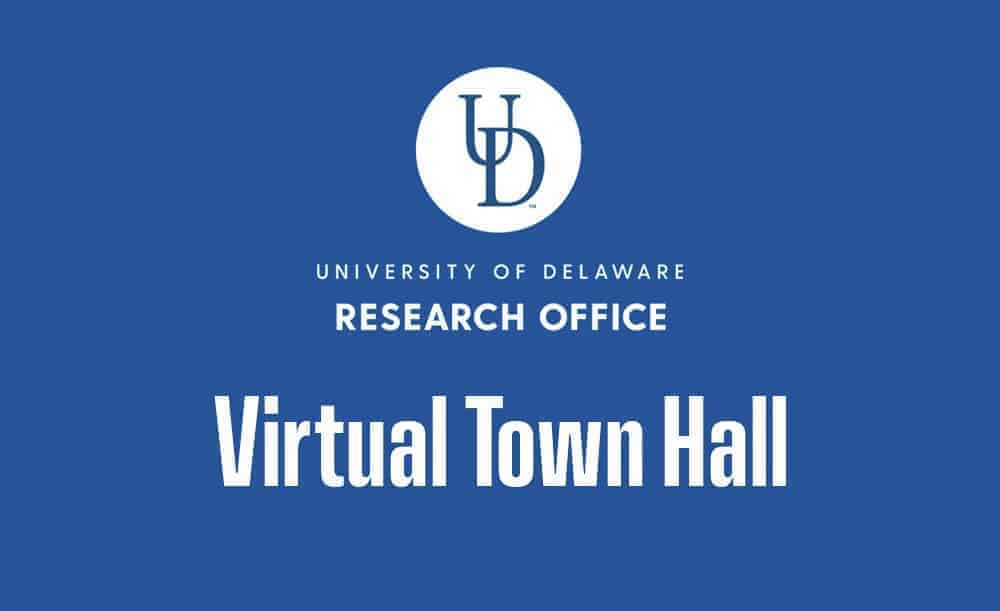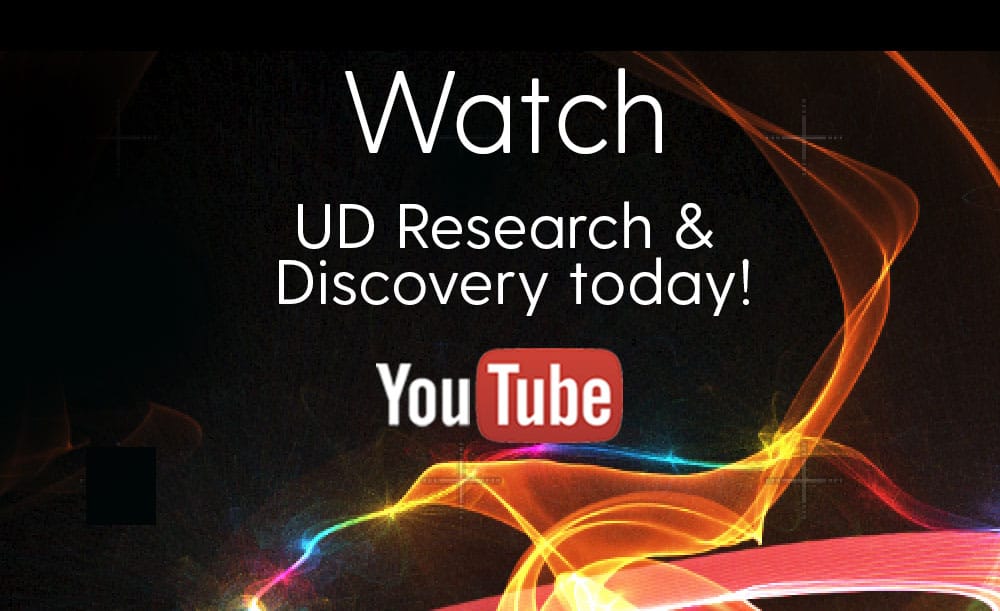RESEARCH
DISCOVERY
A Blog Devoted to UD Innovation, Excellence & Scholarship
COVID-19
COVID Shutdown Effect On Air Quality Mixed
A new study from the University of Delaware and Penn State University shows that just because people stayed home and drove less during the month of April 2020 as a result of the pandemic, it didn’t necessarily mean that the air quality was better. By some parameters, air quality did get better, but by some others, it actually got worse in numerous places.
In April 2020, as Delaware and states across the country adopted social distancing measures to deal with the public health crisis caused by the coronavirus (COVID-19), University of Delaware professor Cristina Archer recalled having a bunch of people tell her that the skies looked bluer than usual.
This simple observation led Archer to investigate an important and complicated research question: Did the social distancing measures adopted in the United States, and the resulting lower number of people using various means of transportation, cause an improvement in air quality across the country?
Unfortunately, unlike those observed clear, blue skies, the answer is a bit murky.
“Just because people stayed at home and just because they drove less, it didn’t necessarily mean that the air quality was better,” said Archer, professor in the School of Marine Science and Policy in UD’s College of Earth, Ocean and Environment (CEOE). “By some parameters the air quality was better, but by some other parameters, it was not. And it actually got worse in numerous places.”
The results of the study were recently published in the Bulletin of Atmospheric Science and Technology. The study was led by researchers at UD, Penn State and Columbia University.
From UD, coauthors include doctoral students Maryam Golbazi and Nicolas Al Fahel. Other coauthors on the study are Guido Cervone, professor of geography, and meteorology and atmospheric science at Penn State, and Carolynne Hultquist, a former doctoral student in Cervone’s laboratory and now a postdoctoral researcher at the Earth Institute of Columbia University.
To assess air quality, Archer focused on nitrogen dioxide and fine particulate matter, specifically PM2.5. The two pollutants are federally regulated and are both primary and secondary pollutants, meaning they can be emitted either directly into the atmosphere or indirectly from chemical reactions.
Nitrogen dioxide is emitted during the fuel combustion by all motor vehicles and airplanes while particulate matter is emitted by airplanes and, among motor vehicles, mostly by diesel vehicles, such as commercial heavy-duty diesel trucks. They are both also emitted by fossil-fuel power plants, although particulate matter is mostly emitted by coal power plants.
“Nitrogen dioxide is a good indicator of traffic,” said Archer. “We had evidence already from some preliminary papers in China that nitrogen dioxide had dropped significantly over the areas of China where a lockdown was in place.”
The researchers compared measurements of these two pollutants in April 2020 against those in April over the five previous years — from 2015-2019.
They chose April because pretty much every state had some kind of social distancing measure in place by April 1, which led to changes in lifestyle.
“Even in the states where there were not that many infections, there was a change in the mobility of people,” said Archer.
To quantify social distancing, the researchers used a mobility index calculated and distributed by Descartes Labs, a predictive intelligence company that compiles large data sets from around the world. Their algorithms accounted for people’s maximum distance travelled in a day by tracing the user’s location multiple times a day while using selected apps on their smartphones.





